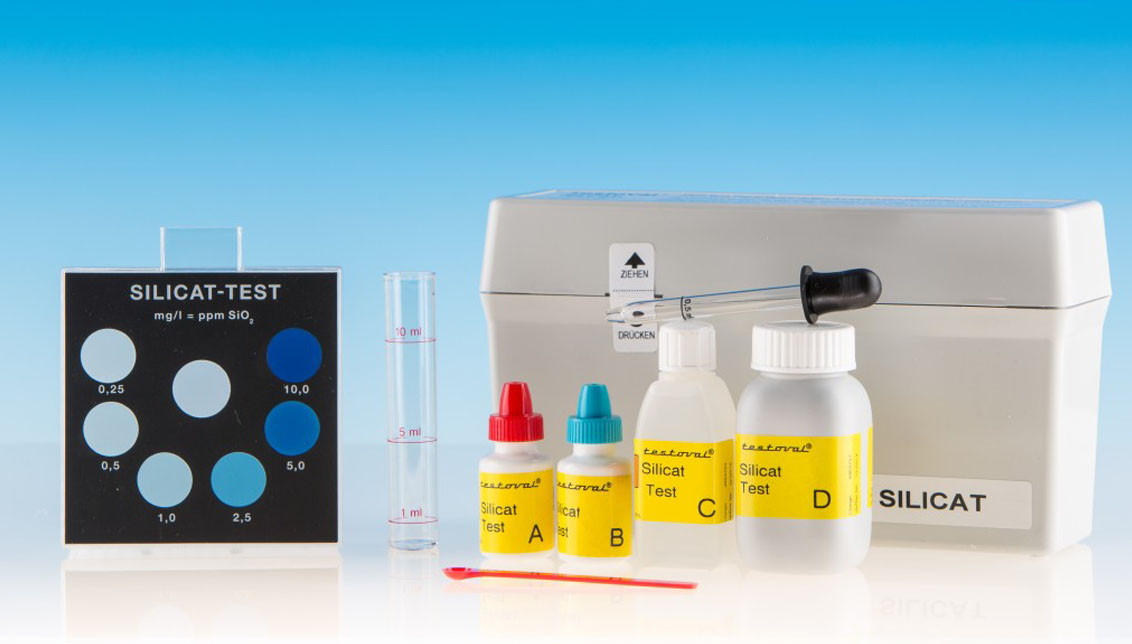Water treatment in commercial kitchens - the use of permeate
In modern commercial kitchens, water quality plays a decisive role - both for the proper functioning of technical appliances and for the quality of the food and drinks prepared. The targeted treatment of water is therefore not only a question of efficiency, but also of hygiene, taste and economy. Limescale-free and purified water protects machines from deposits, extends their service life and ensures optimum dishwashing results. In addition, treated water meets the high hygiene requirements in the food sector and contributes to compliance with legal standards.
Why water treatment is necessary
Tap water contains varying concentrations of minerals, particularly calcium and magnesium, depending on the region. These cause limescale deposits in appliances such as steam cookers, coffee machines and dishwashers. This results in higher energy consumption, more frequent maintenance intervals and a shorter appliance service life. In addition, untreated water can leave behind residues that affect the taste, appearance and quality of food and drinks.
Water treatment in commercial kitchens therefore plays a central role in hygiene, appliance protection and product quality. In this context, permeate is used specifically to provide purified water that meets the above-mentioned requirements - in particular to prevent limescale deposits and rinsing residues.
The objectives of water treatment in commercial kitchens can be summarized as follows:
- Avoiding limescale in appliances (e.g. combi-steamers, dishwashers, coffee machines)
- Stain-free cleaning of dishes, glasses, cutlery
- Protection of appliances against corrosion, malfunctions and expensive repairs
- Optimization of cleaning agents and detergents (lower consumption + environmental protection)
- Compliance with hygiene standards
Reach your goal with permeate: water in its purest form for the highest kitchen standards
Permeate is the result of reverse osmosis - a particularly effective water treatment process. Almost all dissolved salts, minerals, germs and organic substances are removed from the water. The permeate obtained in this way meets the highest hygiene requirements and is ideal for use in commercial kitchens. It reliably protects appliances from limescale and salt deposits, thereby reducing energy consumption and minimizing cleaning effort. At the same time, it contributes to the consistently high quality of food and beverages, as it is free from taste- and color-altering substances. Permeate not only meets the standards of modern commercial kitchen technology, it optimizes them.
Use of permeate in commercial kitchens
- Generation via reverse osmosis systems
- Use for final rinse water → prevents dripping residues
- Water for combi-steamers & hot water appliances → no limescale formation in pipes, valves or nozzles
- Drinking water treatment with problematic raw water quality (e.g. high nitrate or salt content)
Advantages of using permeate
- No re-polishing of glasses or cutlery
- Less maintenance work on machines
- Consistent quality of the rinsing process
- Extended service life of appliances
- Lower operating costs due to reduced use of chemicals and energy, thus contributing to environmental protection
In summary, permeate is sufficient for use in commercial kitchens because it meets the key quality requirements - without the higher costs and chemical requirements of demineralized water. Here are the main reasons:
1. Sufficient desalination for limescale-free water
- Permeate has a low salt content (conductivity usually < 30 µS/cm)
- This is sufficient to effectively prevent limescale deposits in dishwashers, combi-steamers or coffee machines
2. Residue-free rinsing
- Due to the low conductivity, there are no drip marks or stains on glasses and cutlery
- No manual polishing necessary → time and personnel savings
3. Appliance protection with little effort
- Prevents calcification and corrosion on heating rods, nozzles and valves
- Protects the technology - no regeneration necessary, no chemicals required
4. Economically viable
- Permeate is inexpensive to produce (no ion exchange required)
- Lower consumption of energy and cleaning agents in the kitchen
5. Perfect balance between quality and cost
- Deionized water would be oversized - permeate offers the ideal compromise between purity and economy
In short: Permeate offers exactly the water quality that commercial kitchens need - no more, but also no less.
But when is permeate no longer sufficient for the operation of commercial kitchens?
The use of permeate in commercial kitchens is no longer possible if the water purity requirements exceed what permeate can provide - or if certain technical or hygiene problems arise. Here is a list of the most important cases:
1. High residual conductivity
- If the reverse osmosis is not working optimally (e.g. membrane wear), the conductivity increases. This can lead to limescale stains or deposits on dishes.
2. Microbiological contamination
- Improper storage or stagnation in the pipes can cause biofilm to form. This is particularly critical for high hygiene standards or water storage.
3. Use in very sensitive areas
- E.g. in hospital kitchens, rehabilitation clinics or laboratory kitchens
- Deionized water may be required instead of permeate in order to reliably exclude all ionic residues.
4. Faulty system or maintenance
- Defective or poorly maintained reverse osmosis systems can lead to breakthroughs.
- Then the "permeate" suddenly contains salts again - without it being immediately noticeable.
5. Incompatible device requirements
- Some manufacturers explicitly specify deionized water (e.g. for sensitive steam modules).
- In such cases, permeate is insufficient or even harmful.
It can be stated that permeate is generally sufficient for the operation of commercial kitchens - except:
- When absolute hygienic purity is required
- If technical specifications are stricter
- Or if the system is not operated properly
Permeate therefore offers numerous advantages in water treatment - above all thanks to its balanced combination of purity, economy and versatility.
Conclusion
Investing in professional water treatment pays off several times over in commercial kitchens: It improves product quality, protects the technology, saves costs and supports compliance with legal requirements. The use of permeate is a particularly efficient solution that meets the requirements of modern kitchen management in every respect.
Solutions for permeate water treatment plants









